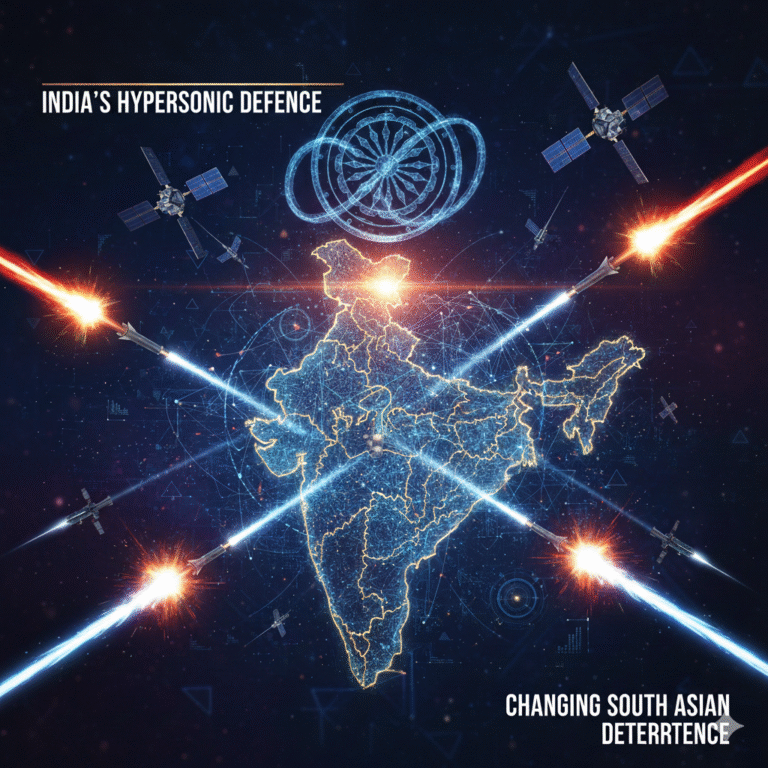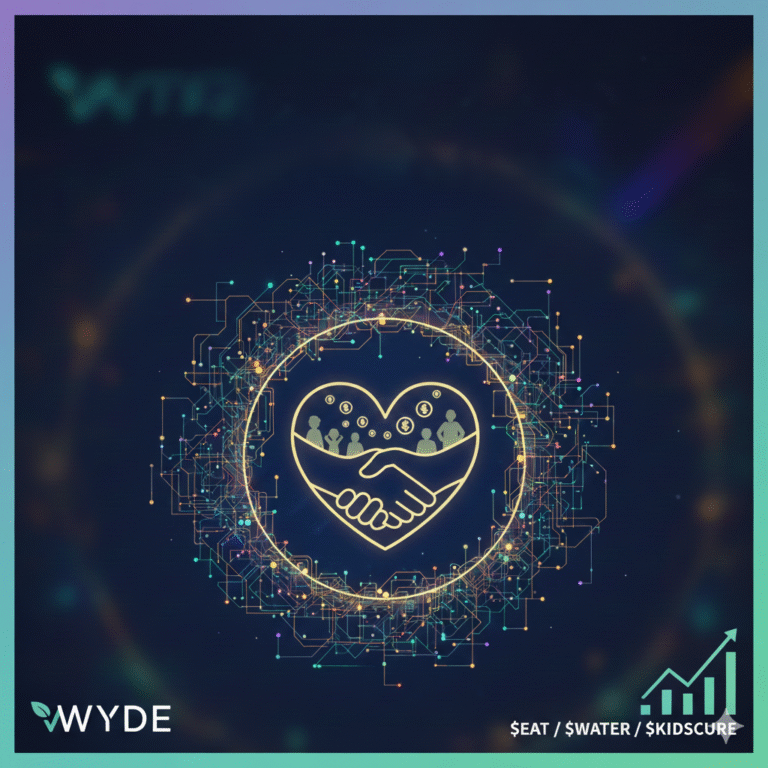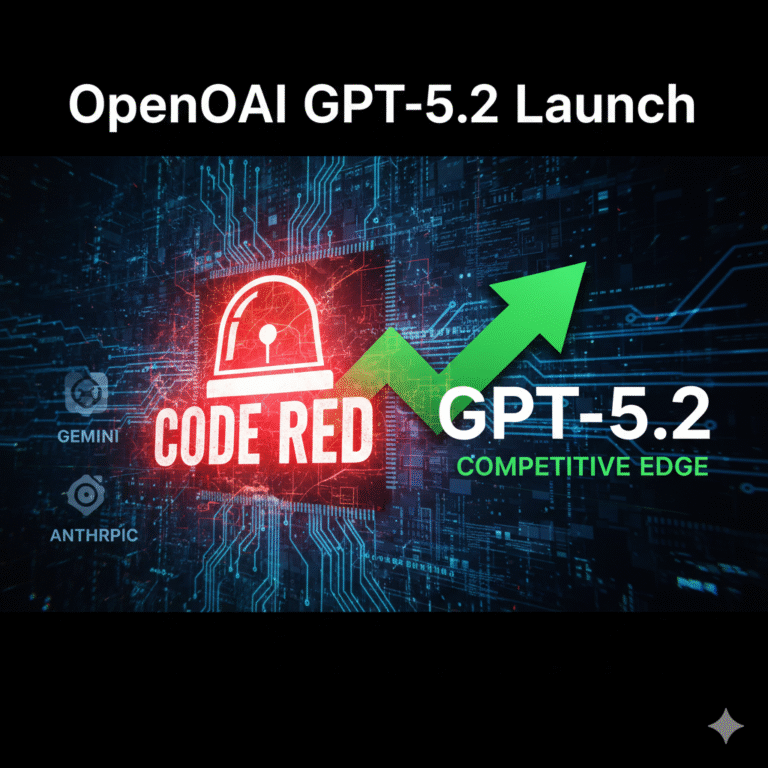Key Highlights
- The INC was founded in December 1885 at Bombay’s Gokuldas Tejpal Sanskrit College with 72 delegates; A.O. Hume was general secretary and W.C. Bonnerjee the first president.
- The first session was shifted from Poona to Bombay due to a cholera outbreak, consolidating a national platform for political articulation.
- Ideological divergence led to the Surat Split (1907), dividing Moderates and Extremists; both reunited at Lucknow in 1916, shaping later mass mobilizations.
- Congress steered Non-Cooperation, Civil Disobedience, and Quit India (Aug 8, 1942), culminating in the decisive endgame of British rule.
- Key sessions set strategic direction, including the 1929 pledge for complete independence and the 1946 pre-independence session at Meerut.
Introduction
The Indian National Congress (INC), formed in December 1885, became the central political platform channeling Indian aspirations from constitutional reform to mass struggle and complete independence. Conceived amid growing nationalist consciousness, the Congress evolved through phases—Moderate petitioning, Extremist assertiveness, Gandhian mass movements, and the final Quit India push—creating the organizational backbone of India’s freedom struggle.
Context: Formation, People, and Early Objectives
- Origins and convening: A.O. Hume, a retired civil servant, coordinated leading Indians to assemble a national conference; initially planned as the “Indian National Union” at Poona, it was moved to Bombay due to cholera.
- First session (Dec 28–31, 1885): Held at Gokuldas Tejpal Sanskrit College, Bombay, with 72 delegates; Hume as general secretary and W.C. Bonnerjee as president.
- Early aims: Building unity across provinces, articulating educated Indian opinion on public issues, and proposing lines of political action through annual sessions and resolutions.
These choices provided a constitutionalist platform to aggregate nationalist demands while fostering an all-India political culture.
Phases, Splits, and Reunions: From Moderates to Mass Movements
- Moderate era and rising assertiveness
- Moderates emphasized constitutional methods—petitions, legislative reforms, and dialogue—laying a base for political participation and rights discourse.
- Extremists (Tilak, Lal-Bal-Pal) advocated swadeshi, boycott, and direct action after 1905, catalyzing a sharper anti-colonial stance and mass appeal.
- Surat Split (1907)
- Causes: Ideological divisions (gradualism vs direct action), Partition of Bengal fallout, leadership contestation, and mutual mistrust.
- Outcome: Formal split into Moderates and Extremists, temporarily weakening coordinated national action but clarifying strategic lines.
- Reunion and Lucknow Pact (1916)
- Moderates and Extremists reunited; Congress-League Lucknow Pact aligned communities on constitutional reforms, consolidating a united front—a base for subsequent mass politics.
This cycle honed Congress’s ability to balance negotiation and mass pressure, setting the stage for Gandhian leadership and nationwide mobilization.
Role in Independence: Movements and Strategic Shifts
- Non-Cooperation (1920s) and Civil Disobedience (1930–34)
Congress transformed into a mass movement vehicle, employing non-violent resistance, boycott, and constructive work, escalating demands toward self-rule and later complete independence. - Purna Swaraj and sessions
Congress resolved to pursue complete independence and scheduled symbolic observances like Independence Day, strengthening national commitment and legitimacy of the struggle. - Quit India Movement (Aug 8, 1942)
Congress launched Quit India in Bombay with the “Do or Die” call, demanding immediate British withdrawal; the resolution outlined end of British rule, civil disobedience authorization, and principles of a free India’s stance against imperialism and fascism. The movement triggered widespread resistance despite leadership arrests, marking the final mass upsurge before independence. - Strategic sessions and 1946 lead-up
Amid wartime negotiations (Cripps, Wavell, Cabinet Mission), no annual sessions were held; the last pre-independence session met at Meerut in 1946 with J.B. Kripalani as president, wrapping the organizational arc before transfer of power.
How INC Drove the Freedom Struggle
- Institution-building and nationalization of politics
Annual sessions created a federating mechanism uniting regional leaders, producing a national political vocabulary and programmatic continuity. - Strategy evolution: petition to protest
The Congress adapted from constitutionalism to mass civil resistance, aligning tactics with political opportunity and public sentiment. - Managing ideological diversity
By navigating the Surat Split and Lucknow reunion, the Congress institutionalized internal debate, later channeling diverse currents into coordinated action during nationwide movements. - Setting national milestones
From the pledge for complete independence to Quit India’s uncompromising demand, Congress resolutions shaped public expectations and administrative responses, accelerating decolonization dynamics. - Negotiation and endgame
Even amid mass actions, Congress engaged constitutional negotiations (Cripps, Wavell, Cabinet Mission), balancing street mobilization with talks, culminating in transfer of power following the 1946–47 phase.
Conclusion
The Indian National Congress began in 1885 as a constitutional forum but matured into the core organizer of India’s national movement, navigating ideological divisions, forging united fronts, and orchestrating mass civil resistance. Through strategic sessions, decisive resolutions, and the culminating Quit India call, the Congress translated dispersed grievances into a coherent national struggle that pressed the British toward withdrawal.
Exam-Relevant Table: Events, Places, Dates, Hooks
Implications for Exams: MCQ and Mains Cues
- Prelims-type MCQs
- The first INC session was held at Gokuldas Tejpal Sanskrit College, Bombay, in December 1885: Correct.
- W.C. Bonnerjee presided over the first session; A.O. Hume served as general secretary: Correct.
- The 1907 Surat session witnessed a split between Moderates and Extremists: Correct.
- The Quit India resolution was passed on Aug 8, 1942, in Bombay with the “Do or Die” call: Correct.
- Mains prompts
- Analyze causes and consequences of the 1907 Surat Split and evaluate how the 1916 reunion affected Congress strategy.
- Discuss the evolution of Congress from constitutional agitation to mass civil disobedience, culminating in Quit India.
- Assess the role of key Congress sessions in setting milestones (complete independence pledge; wartime positions; final session before independence).









+ There are no comments
Add yours